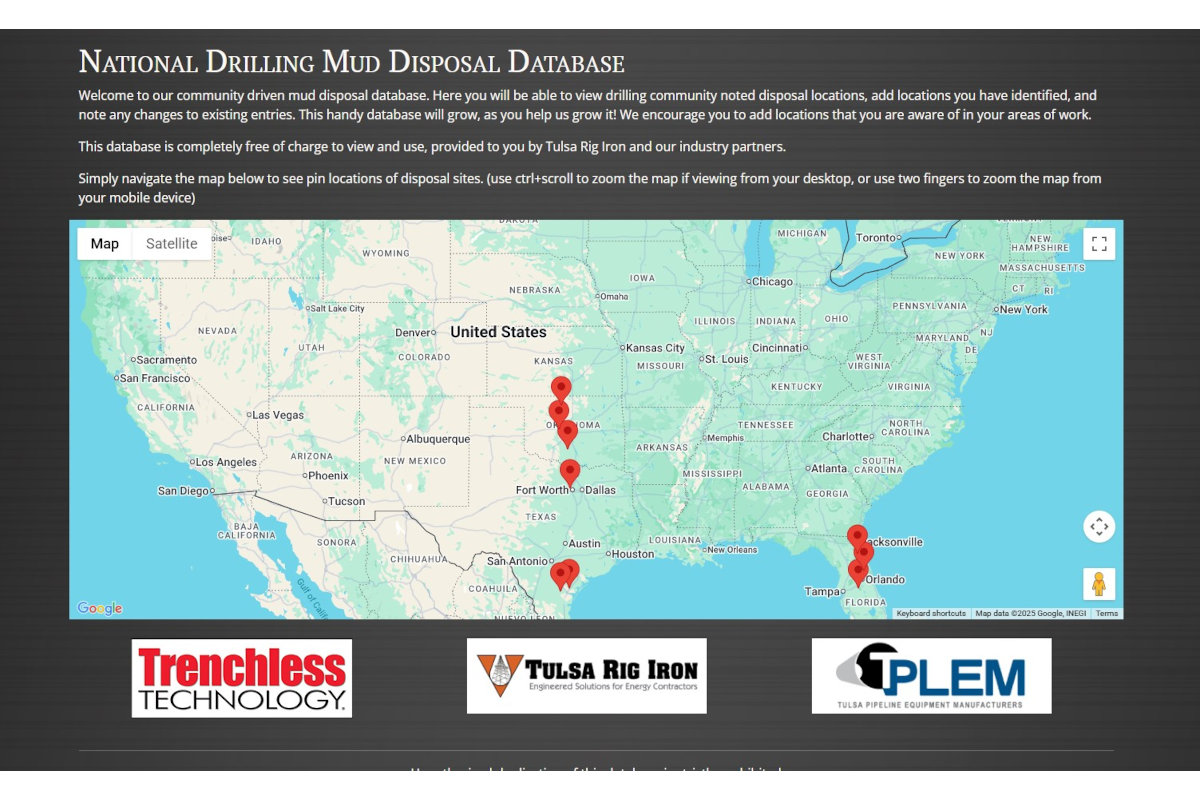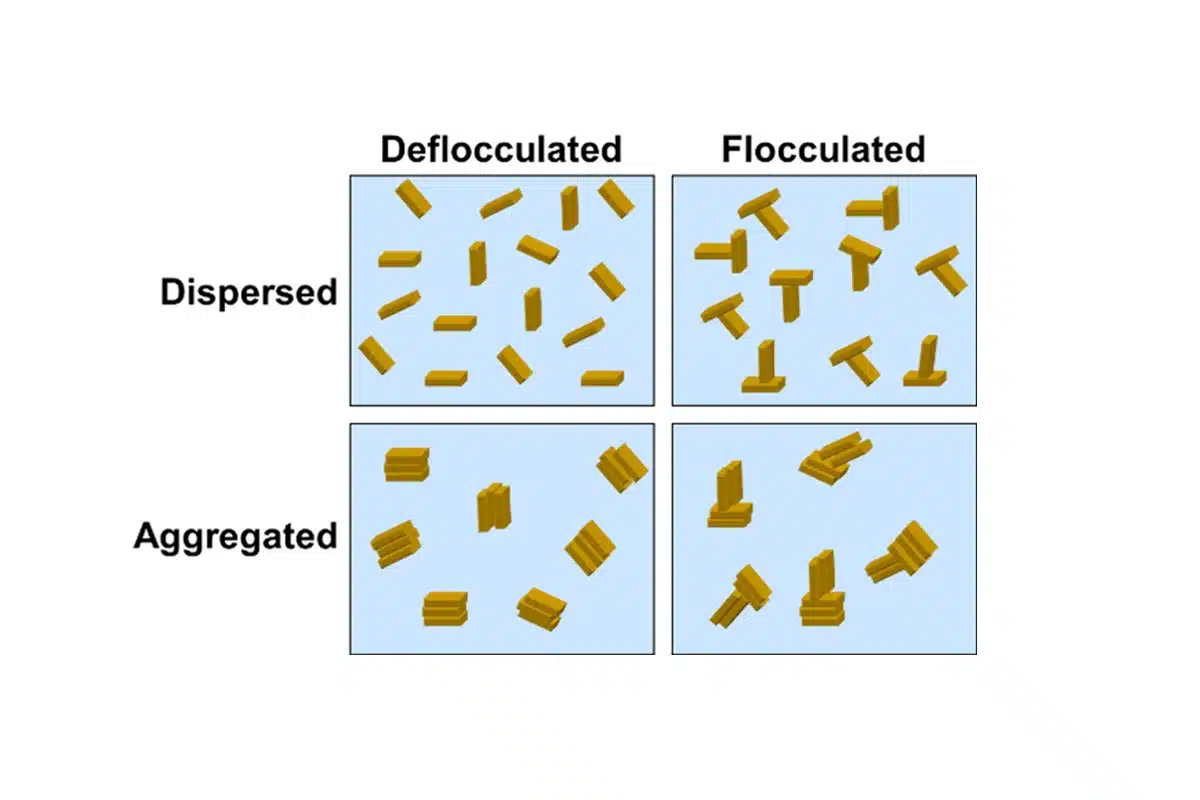HDD Gas Project in New York
December 1, 2007
In October, National Grid, a multi-national energy company serving among others the northeastern United States, was working on a project involving one of its gas distribution lines. The project consisted of tying together two existing dead-end main lines for expansion purposes. The project was located in the Cicero swamp, just north of Syracuse, N.Y., which is an environmentally sensitive area with wetlands and wildlife habitats.
The project involved installing 900 ft of 8-in., HDPE SDR 11 gas distribution pipe under this wetland area using horizontal directional drilling (HDD). Dekatherm, a utility contractor from Auburn, N.Y., was selected to perform the installation using a Vermeer D80x100 drilling machine. The ground conditions consisted primarily of running sand with some bank run gravel at the outset of the bore.
National Grid requires a break away as a means to ensure that its pipe does not get stressed during
installation. A break away is connected between the reamer and the product pipe and is designed to fail at a certain load, thereby protecting the pipe. The disadvantage is that now the pipe and the machine pulling it in are no longer connected.
To avoid such situations, Dekatherm had been looking for alternatives to the break away. It asked for and received permission from National Grid to use Digital Control Inc.’s TensiTrak load and drilling fluid pressure monitoring system on the Cicero project.
The TensiTrak system transmits the load and pressure readings in real time on the frequency used by an Eclipse locating system. The information transmitted includes the instantaneous pull force, maximum pull force, drilling fluid pressure, transmitter temperature, transmitter battery life and a magnetic signal, which can be used to locate the depth and direction of the TensiTrak monitor, should this be desired. This will allow for confirmation of the placement of the product pipe. The Eclipse receiver transmits the above information to the drill rig operator so that appropriate measures can be taken during the installation. The Eclipse receiver can also store all the tension and pressure data in memory for subsequent download to a computer for storage and analysis.
The TensiTrak monitor is connected to a swivel between the reamer and the product. In this configuration, only the load on the product is measured. This is an important distinction to make since, until now, there hasn’t been a way to gauge whether increased pulling loads experienced by the machine are due to higher loads caused by the reaming process or due to direct loads on the product. In the case of increased loads, the TensiTrak readout will identify where the issue may lie.
The pilot drilling commenced on Oct. 18, and due to the sensitive nature of the area, walkover locating needed to be limited as much as possible. Due to this consideration, Dekatherm chose to use target steering. This method employs programming the receiver and placing it ahead of the tool on the bore path. The receiver then sends all pertinent steering information back to the remote at the drill rig. The receiver was then moved every 30 ft or so. In this fashion, the 900-ft pilot bore that reached a maximum depth of 13.8 ft was completed within eight hours.
The pullback started the following day using a 12-in. hole opener and a 60,000-lb TensiTrak unit. The TensiTrak registers tension loads in 15-lb increments and drilling fluid pressure in 1-psi increments to a limit of 127 psi. The maximum allowable load for the HDPE pipe was 21,000 lbs. As can be seen in Figure 1 below, at the start of the pull back the recorded loads on the pipe were 2, 000 to 3,000 lbs while drilling fluid pressure rose as high as 31 psi. It should be noted that the horizontal axis denotes a time scale. The pullback was halted three times to fuse the HDPE pipe. This is evidenced by near constant pull load and pressure readings as the machine stood still.
Toward the end of pullback, the reamer encountered some of the gravel and the pull load on the machine increased significantly and went as high as 28,000 lbs as indicated by the machine gauges. The load on the pipe itself, however, did not increase to any significant degree. The three load spikes at the end of the pullback, which reached 12,510 lbs, 16,665 lbs and 14,055 lbs, respectively, occurred when the reamer broke free of a gravelly section and the result was a hard tug on the pipe. At no other time during the bore did the pull load approach the 21,000-lb limit.
According to the drill operator, the biggest advantage of the TensiTrak system is having real time information on pull force and drilling fluid pressure. This allowed the operator to be very confident that the gas line’s integrity was not compromised. By monitoring the drilling fluid pressure, he was also able to safely maximize his pullback speed.
Siggi Finnsson is a product manager at Digital Control Inc., which is headquartered in Kent, Wash.




